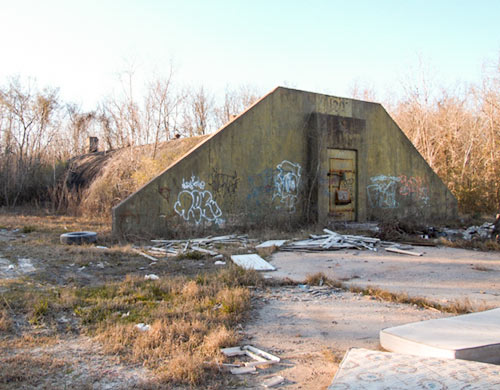
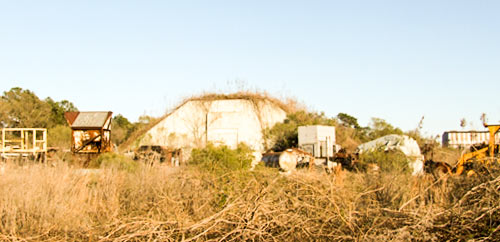
Included in ProPublica’s effort to identify and map every abandoned munitions facility in the U.S. — especially those that might still harbor toxic waste, residue from chemical weapons, or explosives: Houston’s own San Antonio Ordnance Depot, the original boundaries of which straddle Jacintoport Blvd., just east of Beltway 8 and immediately north of the Houston Ship Channel.
The 4,850-acre former depot and ordnance demolition facility was sold to the Ship Channel’s governing authority in 1964. It counts as one of 62 current or former military installations in Texas still containing hazardous waste, but according to Department of Defense documents is not scheduled to be cleaned up entirely until 2084.
- ProPublica: One Of Texas’ Most-Contaminated Former Military Installations Borders Houston Ship Channel [Houston Public Media]
- Bombs in Your Backyard [ProPublica]
- Open Burns, Ill Winds [ProPublica]
- San Jacinto Ordnance Depot [HAIF]
- The Ordnance Depot [Urban Exploration Resource]
Photos of San Jacinto Ordnance Depot bunkers: arch-ive.org


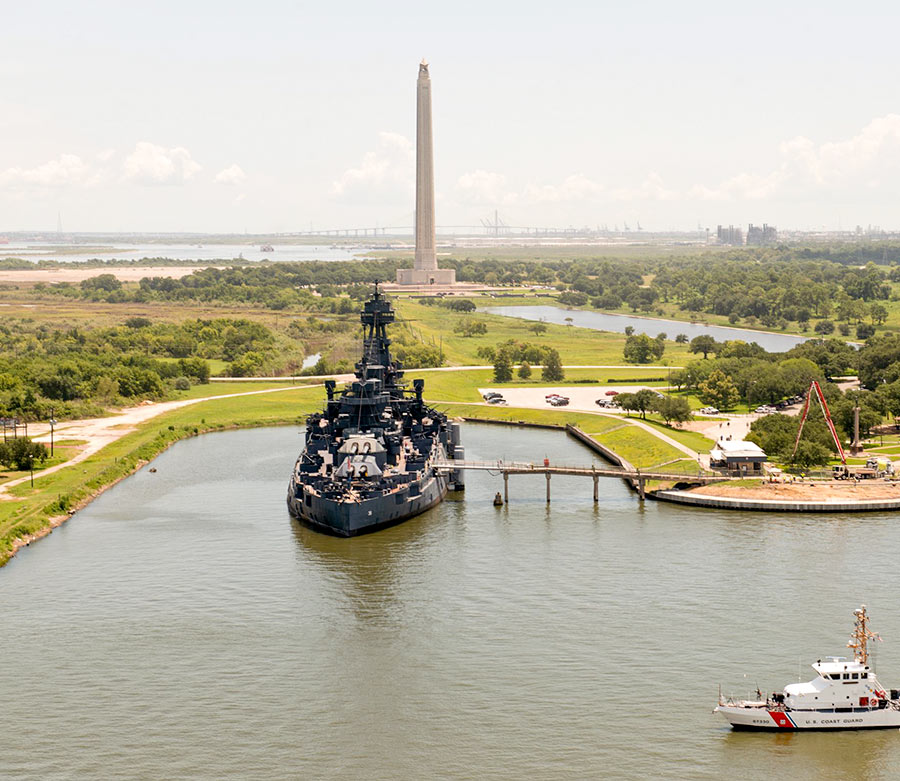 AÂ 6-by-8-in. hole 15 inches below the water line discovered yesterday on the starboard side of the Battleship Texas
A 6-by-8-in. hole 15 inches below the water line discovered yesterday on the starboard side of the Battleship Texas 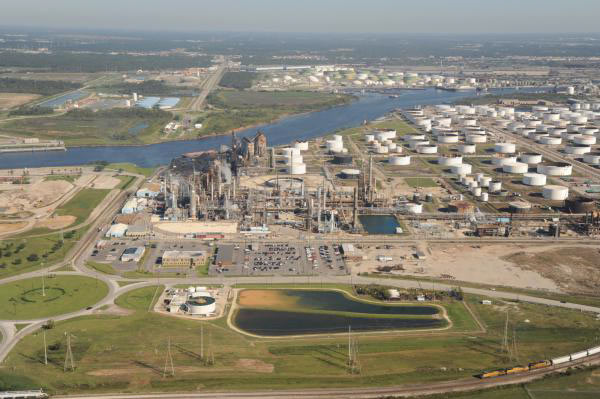 “We worry about this plant more than we worry about the others,” Air Alliance Houston director Adrian Shelley tells Dylan Baddour after last week’s release of a 6,000-pound cocktail of toxic air contaminants from the Pasadena Refinery System complex, south of Buffalo Bayou just east of the
“We worry about this plant more than we worry about the others,” Air Alliance Houston director Adrian Shelley tells Dylan Baddour after last week’s release of a 6,000-pound cocktail of toxic air contaminants from the Pasadena Refinery System complex, south of Buffalo Bayou just east of the 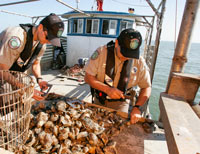 “I always found that Galveston Bay oysters had a slight metallic tinge to them (as compared to oysters from Matagorda or San Antonio Bays) — and actually, I quite like it. Perhaps it could be said that a true appreciation for Galveston Bay’s environs doesn’t come without some carcinogenicity. Oh well — so be it.” [
“I always found that Galveston Bay oysters had a slight metallic tinge to them (as compared to oysters from Matagorda or San Antonio Bays) — and actually, I quite like it. Perhaps it could be said that a true appreciation for Galveston Bay’s environs doesn’t come without some carcinogenicity. Oh well — so be it.” [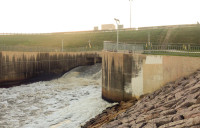 “Sounds nice — but that little part about the bayou being in the middle of the city, that’s why it can’t be left up to nature. . . . I understand the need to conserve and protect, but the Buffalo Bayou we know today is man-made. Ship Channel, Turning Basin,
“Sounds nice — but that little part about the bayou being in the middle of the city, that’s why it can’t be left up to nature. . . . I understand the need to conserve and protect, but the Buffalo Bayou we know today is man-made. Ship Channel, Turning Basin, 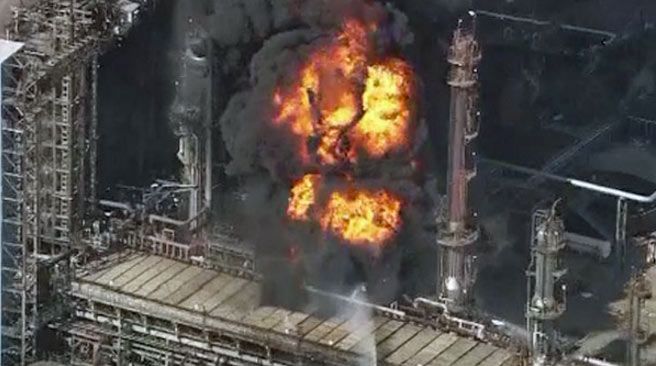
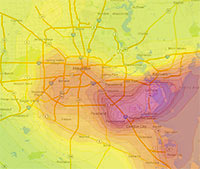 “You do not escape smog in Houston by moving to the burbs. In the summer, Houston has a circular wind pattern that takes ship channel pollutants for a ride out to the suburbs. Go to the
“You do not escape smog in Houston by moving to the burbs. In the summer, Houston has a circular wind pattern that takes ship channel pollutants for a ride out to the suburbs. Go to the 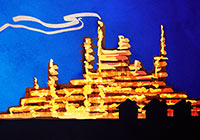 “Tax policy should probably discourage residential habitation in neighborhoods near the Houston Ship Channel and encourage people to move away from them. As such, giving existing residents or residential property owners a tax cut in order to reward them for residing there or maintaining and leasing housing to other people would be extraordinarily counterproductive and stupid.
Manchester in particular is a neighborhood where the City or State government should seriously consider its options with respect to eminent domain. There’s nothing quite like it anywhere else in the region. Even the furthest north residential bits and pieces of Pasadena are better isolated from refinery activities and more integrated into their city than is Manchester.” [TheNiche, commenting on
“Tax policy should probably discourage residential habitation in neighborhoods near the Houston Ship Channel and encourage people to move away from them. As such, giving existing residents or residential property owners a tax cut in order to reward them for residing there or maintaining and leasing housing to other people would be extraordinarily counterproductive and stupid.
Manchester in particular is a neighborhood where the City or State government should seriously consider its options with respect to eminent domain. There’s nothing quite like it anywhere else in the region. Even the furthest north residential bits and pieces of Pasadena are better isolated from refinery activities and more integrated into their city than is Manchester.” [TheNiche, commenting on 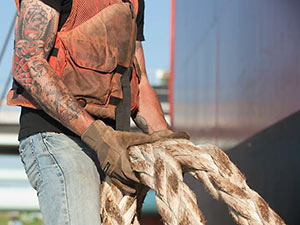  Houston Arts Alliance’sÂ
 Houston Arts Alliance’s 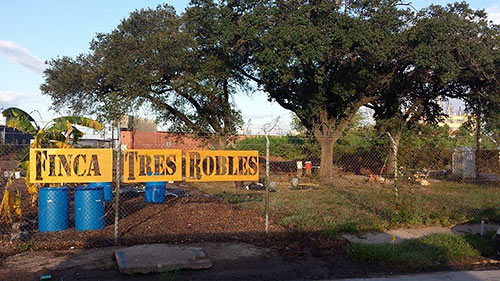
 Protecting the Ship Channel during an Ike-like (or worse) storm surge has led some to propose a
Protecting the Ship Channel during an Ike-like (or worse) storm surge has led some to propose a 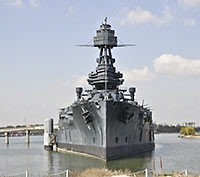 The
The 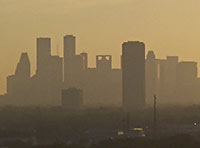 During the past decade, Houston’s notoriously polluted air has become — well, if not quite good, then not quite as bad, says NPR’s Richard Harris. (Pay no attention to what
During the past decade, Houston’s notoriously polluted air has become — well, if not quite good, then not quite as bad, says NPR’s Richard Harris. (Pay no attention to what 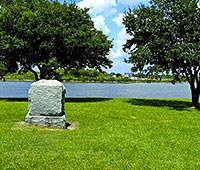 At the site shown here in Pasadena near the old Paper Mill and Washburn Tunnel, where General Antonio López de Santa Anna is said to have been captured during that historically succinct Battle of San Jacinto, the Art Guys are planning their next performance:
At the site shown here in Pasadena near the old Paper Mill and Washburn Tunnel, where General Antonio López de Santa Anna is said to have been captured during that historically succinct Battle of San Jacinto, the Art Guys are planning their next performance: